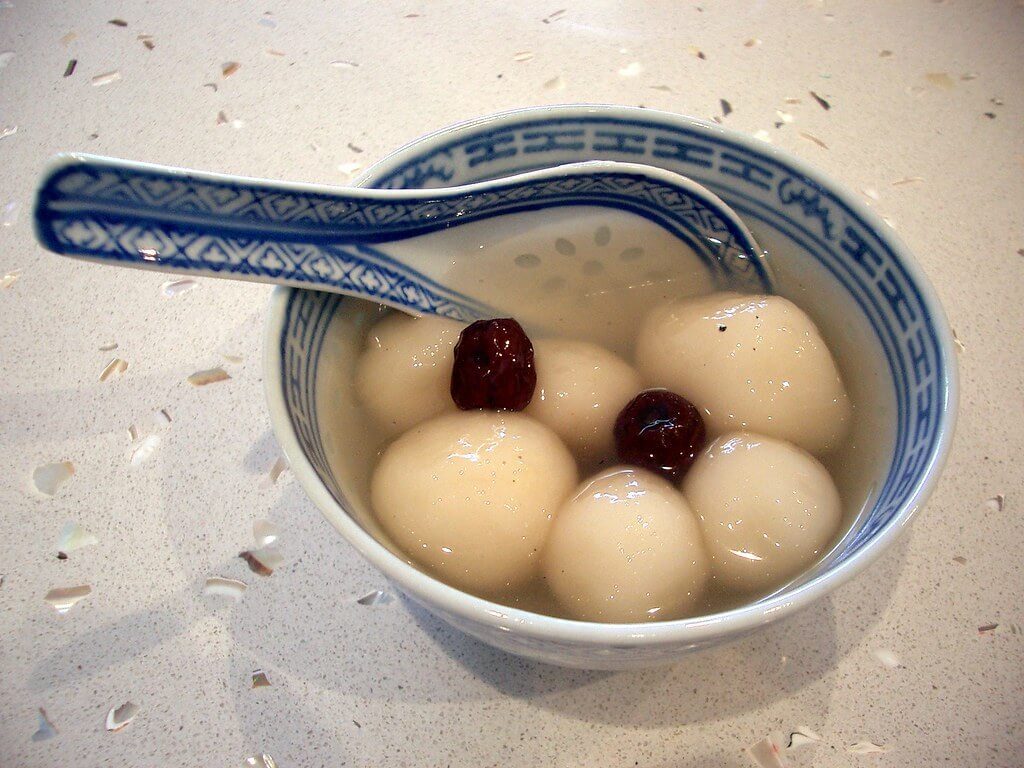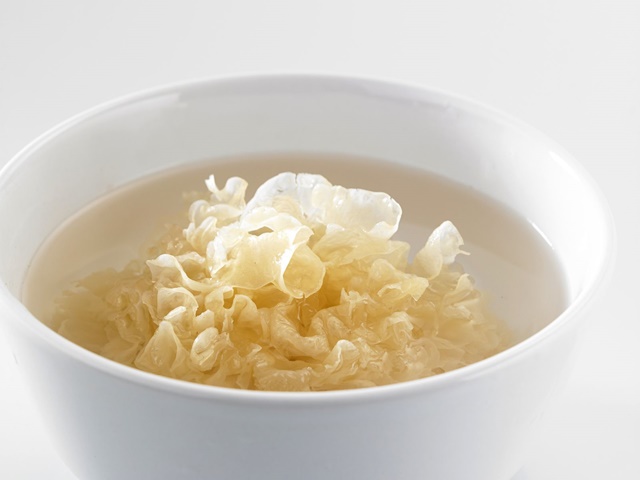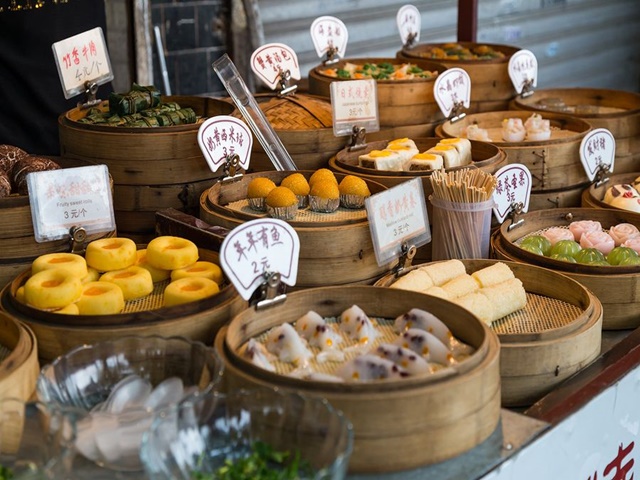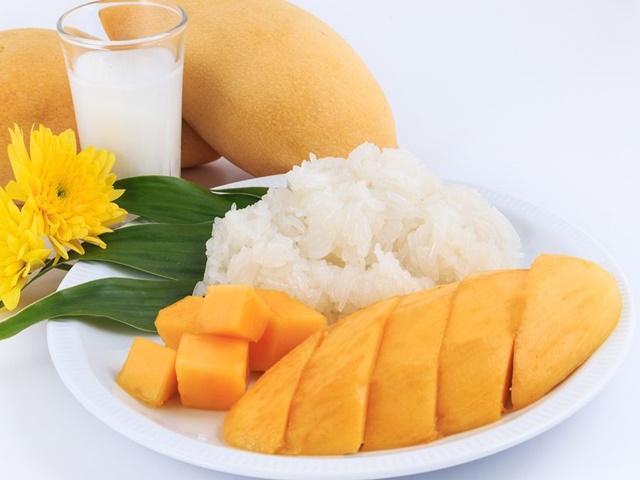
Chinese desserts are renowned for their diverse and captivating flavors, with peanut paste standing out as a delectable ingredient that has been cherished for generations. Join us on a delightful journey through the creation of Chinese peanut paste, exploring its rich history, cultural significance, and its role in crafting irresistible sweet treats.
History and Cultural Significance:
Peanuts, native to South America, found their way to China through trade routes and cultural exchange. The incorporation of peanuts into Chinese cuisine dates back centuries, with the humble legume evolving into a beloved ingredient. In Chinese culture, peanuts symbolize longevity and are often associated with auspicious occasions, making peanut paste a staple in celebratory desserts.
Traditional Methods of Preparation:
Crafting Chinese peanut paste involves a meticulous process that highlights the dedication to preserving authentic flavors. Roasted peanuts are ground into a fine paste, and the resulting blend can be adjusted to varying levels of smoothness. Some recipes incorporate sugar or honey, enhancing the sweetness and creating a velvety texture that is a hallmark of Chinese peanut paste.
Iconic Chinese Desserts Featuring Peanut Paste:
Peanut paste plays a starring role in a myriad of Chinese desserts, each showcasing the versatility and depth of this delightful ingredient. One such classic is “Hua Sheng Gao” (Peanut Cake), a dense and chewy confection made with layers of sweetened peanut paste. Another favorite is “Tang Shui” (Sweet Soup), where peanut paste is often combined with other ingredients like glutinous rice balls, creating a comforting and heartwarming dessert.
Modern Innovations and Fusion:
As Chinese cuisine continues to evolve, chefs and home cooks alike are experimenting with peanut paste in innovative ways. From peanut-flavored ice creams to contemporary pastries, the adaptability of peanut paste lends itself to a broad spectrum of dessert creations. The marriage of tradition and innovation ensures that the rich legacy of Chinese peanut paste remains relevant and enticing to modern palates.
Conclusion
The creation of Chinese peanut paste is a testament to the artistry embedded in the country’s culinary heritage. From its historical roots to its modern interpretations, this golden-hued ingredient continues to captivate taste buds and hold a special place in the hearts of dessert enthusiasts. As you savor the lusciousness of peanut paste-infused delicacies, you’re not just indulging in a dessert – you’re experiencing a celebration of flavors deeply rooted in Chinese tradition.



